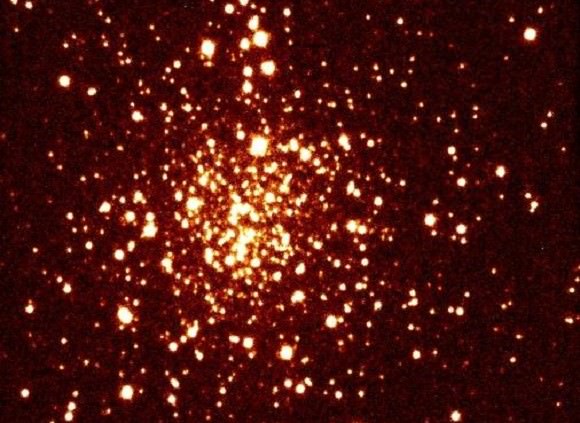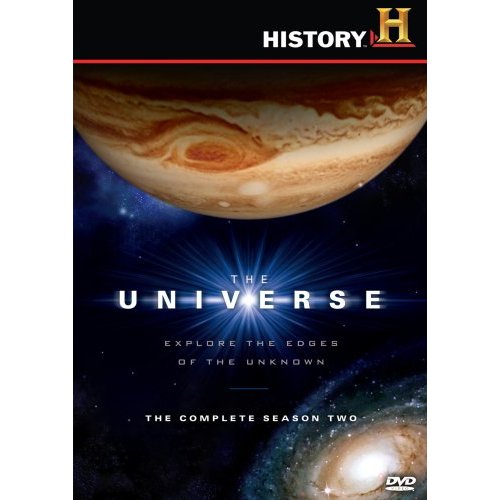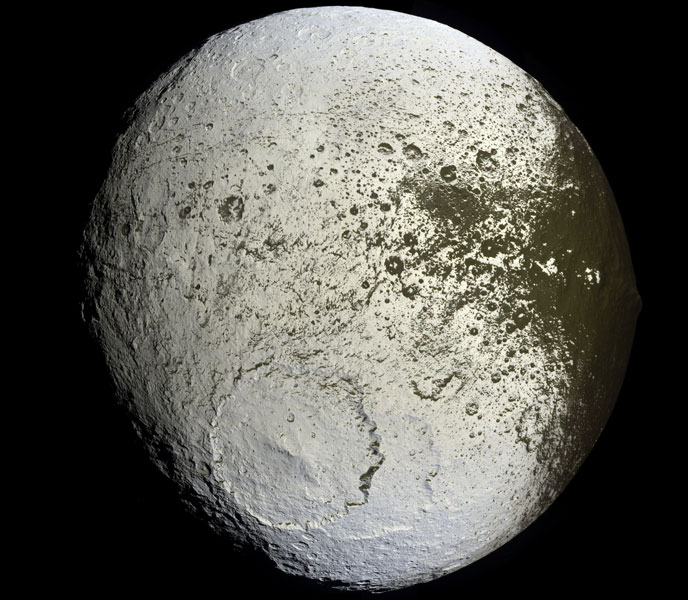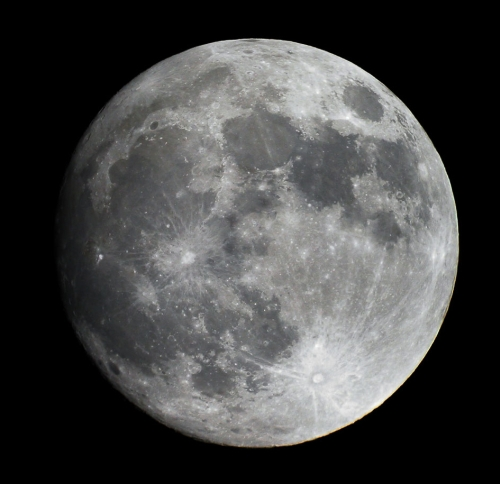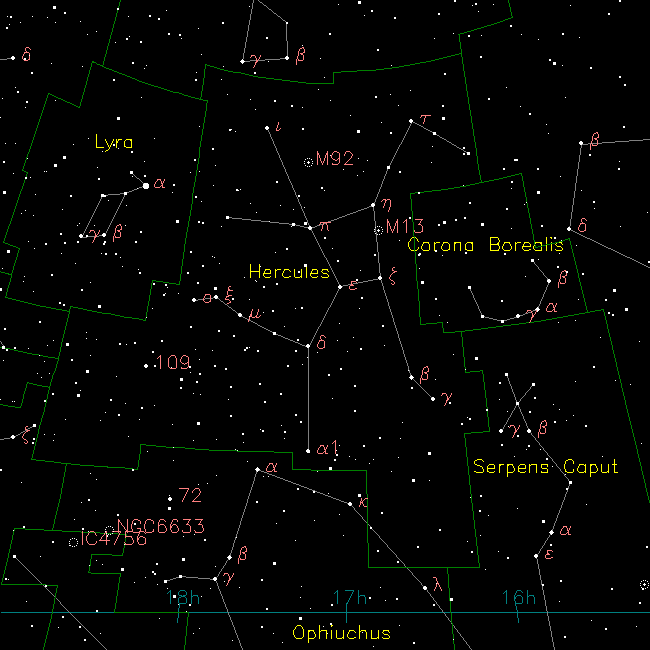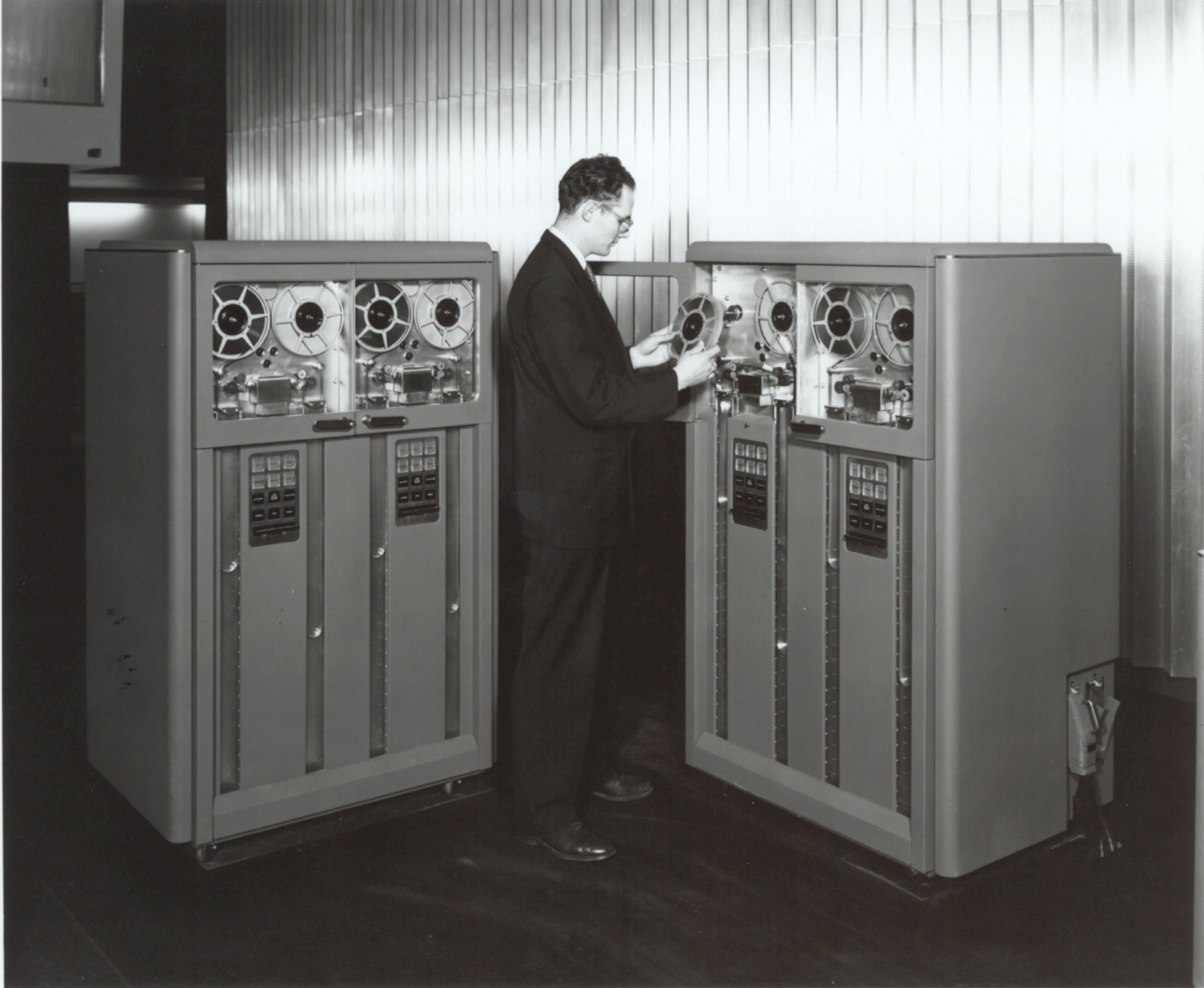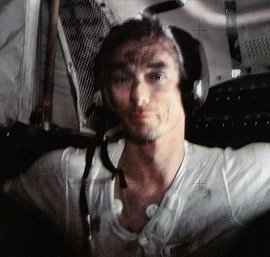[/caption]
The constellation of Hercules belongs to one of the 48 originals plotted by Ptolemy and has survived time to become one of the 88 modern constellations adopted by the International Astronomical Union. Spanning an impressing 1225 square degrees of sky and containing 22 stars in the asterism, it has 106 Bayer/Flamsteed designated stellar designations. Hercules is bordered by the constellations of Draco, Bootes, Corona Borealis, Serpens Caput, Ophiuchus, Aquila, Sagitta, Vulpecula and Lyra. It is visible to all observers at latitudes between +90° and ?50° and is best seen at culmination during the month of July. There is one annual meteor shower associated with Hercules, the Tau Herculids, which peak on or near June 3. The radiant, or point of origin, is near the Hercules/Corona Borealis border and the meteor shower itself last about a month beginning around two weeks before and lasting about two weeks after the peak date. Most of these meteors are quite faint and at maximum, expect to see no more than 15 per hour average.
The mythology surrounding Hercules is a long and very colorful one. He was considered the greatest of all heroes – both Greek and Roman. The legendary strong man was supposed to be the son of Zeus; immortal, yet forever challenged by Hera by his circumstance of birth. His tasks were many: killing a lion with a hide that could not be punctured, destroying the many headed Hydra, cleaning out nasty stables, fighting birds with knife-like feathers, capturing a bull that breathed fire, taming horses that ate flesh, stealing cattle from monsters, stealing golden apples, fighting dragons, snatching a three-headed dog, loosing the love of his life, accidentally killing his teacher and so much more… It is no wonder that Hercules is so often depicted as kneeling in the sky! Even an immortal would be tired from so much… But at last, Hercules earned his place in the stars and he remains there to this day… The fifth largest constellation in the night sky.
Because the constellation of Hercules has no particularly bright stars, it is sometimes difficult to navigate through with binoculars until you learn a few “key” ingredients. There is a large asterism which is fairly easy to recognize that forms a lopsided box, referred to as the “keystone”. The northeast corner is Pi. The northwest corner is Eta. The southeast corner is Epsilon. The southwest corner is Zeta. Always remember when you look at a star chart that north and south are up and down… But east is to the left and west is to the right! To find the “keystone”, let bright Vega guide you…. just start by looking southwest.
Have you found Pi Herculis, yet? If you’re seeing two stars in your binoculars and you’re not sure which one, Pi is the slightly redder and slightly brighter of the pair. Situated about 370 light years from Earth, Pi Herculis is a cool, red supergiant star that was born about 140 million years ago. Although you can’t see it, Pi also has an orbiting substellar companion about 27 times larger than Jupiter there, too! Now, drop south for Epsilon – another binary star. Chances are good this pair of twin stars are almost identical to each other – about twice the size and mass of our Sun – and orbit each other so closely they nearly touch.
Don’t stop moving south. Our next stop is Gamma Herculis, the “8” shape on our map. Gamma is also a very cool star – one with a dead helium core that’s waiting to become a red giant. In maybe 8 million or so years, it will begin to fuse helium into carbon and become much brighter than it is tonight. If you see a faint companion star, it is only an optical one in binoculars – but Gamma is also a genuine binary star.
Next stop? Further south for Alpha – the “a” shape on our map. Now here is a great star! Named Rasalgethi and located about 380 light years away, here we have one of the finest double stars in the night sky. The primary star is a magnificent red class M supergiant that’s over 475 more luminous than our Sun and whose size would fill up our solar system clear out to the orbit of the asteroid belt. But that’s not all… Aim a telescope at Rasalgethi and you’ll see it has a fifth magnitude companion five seconds of arc away. It is also a binary star – an F2 giant with a close orbiting dwarf star companion. Surrounding this whole system is an envelope of gas expelled from the primary star’s incredible solar winds… Enjoy the unusual red and green hues of this colorful double star! And keep watching… Because Rasalgethi is also an irregular variable star – whose brightness changes from magnitude 2.7 to 4.0 within a period of about three months.
Next up? Return to the “keystone” and the northwest corner for Eta – the “n” shape on our map. Shining away about 50 times brighter than our own Sun at a distance of 112 light years, there is nothing particularly impressive about Eta, except where it leads. Begin moving your optics slowly south towards Zeta and you will encounter the “Great Hercules Cluster” – M13! Easily seen in binoculars, sometimes visible to the unaided eye in a dark sky location and absolutely magnificent in any telescope, Messier 13 is perhaps the most famous of all northern globular clusters. Located about 25,000 light years away and home to more than half a million stars, this 12 billion year old system spans no more than 100 light years across. Also known as NGC 6205, this impressive ball of stars was first discovered by Edmund Halley in 1714 and catalogued by Charles Messier on June 1, 1764. If you aren’t impressed, then take the words of Kurt Vonnegut to heart: “”Every passing hour brings the Solar System forty-three thousand miles closer to Globular Cluster M13 in Hercules — and still there are some misfits who insist that there is no such thing as progress.”
Ready for more? Then take another look at Eta and Pi and form an imaginary triangle on the sky using these two stars as the base. The apex is very near where you will find another amazing globular cluster for binoculars or small telescopes – Messier 92. First discovered by Johann Elert Bode in 1777 and independently rediscovered by Charles Messier on March 18, 1781, M92 is a 16 billion year old beauty – formed back at the Milky Way Galaxy’s beginnings. Hiding in there are 16 variable stars and one rare eclipsing binary. What a treat to have two such bright objects so near to one another!
Ready for an alternative binocular tour of Hercules? Then let’s use what you’ve learned. Start by locating magnificent M13 and move 3 degrees northwest – about a binocular field. What you will find is a splendid loose open cluster of stars known as Dolidze/Dzimselejsvili (DoDz) 5 – and it looks much like a miniature of the constellation Hercules. Just slightly more than 4 degrees to its east and just about a degree south of Eta Herculis is DoDz 6, which contains a perfect diamond pattern and an asterism of brighter stars resembling the constellation of Sagitta. Now we’re going to move across the constellation of Hercules towards Lyra. East of the “keystone” is a tight configuration of three stars – Omicron, Nu, and Xi. About the same distance separating these stars northeast you will find DoDz 9. You’ll see a pretty open cluster of around two dozen mixed magnitude stars. Now look again at the “keystone” and identify Lambda and Delta to the south. About midway between them and slightly southeast you will discover the stellar field of DoDz 8. This last is easy – all you need to do is return to Alpha. Move about 1 degree northwest (Rasalgethi will stay in the field) to discover the star-studded open cluster DoDz 7. These great open clusters are very much off the beaten path and will add a new dimension to binocular and fast-telescope observing!
Would you like a challenge? Then go back to M13 with a large telescope and take a look about 40 arc minutes to the northeast for NGC 6207 (RA 16:43.1 Dec +36:50). At near magnitude 12, this small spiral galaxy isn’t for everyone, but it’s always a smile a bonus when you’re in the area, despite the lack of details. Try NGC 6210 (RA 16:44.5 Dec +23:49), too. This bright planetary nebula is suited for all telescopes and takes magnification very well. Look for a blue/green color in larger telescopes, and adding a nebula filter can sometimes reveal some subtle details of a shell around this one. But be sure to take the filter out if you want to catch the central star!
Sources: Chandra Observatory, SEDS
Chart Courtesy of My Sky.
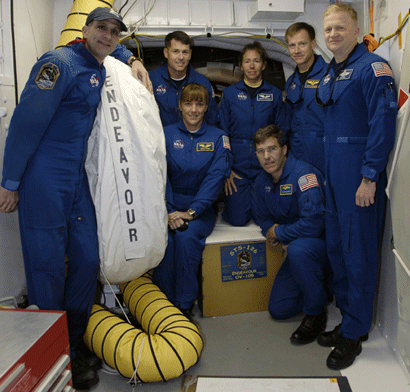


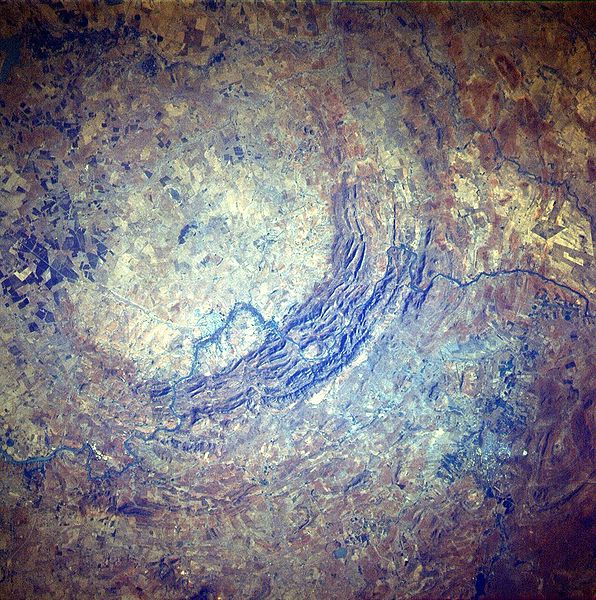
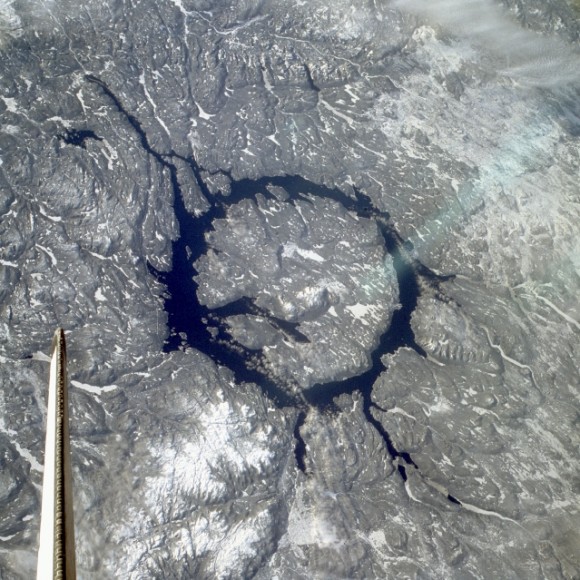



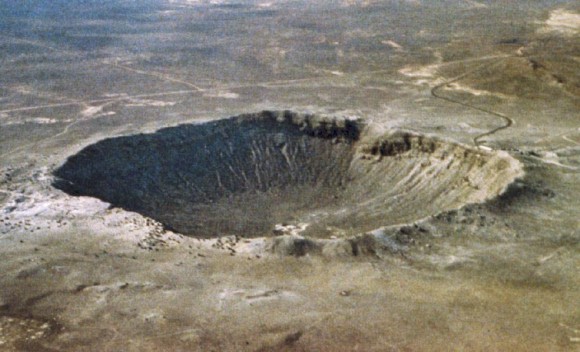
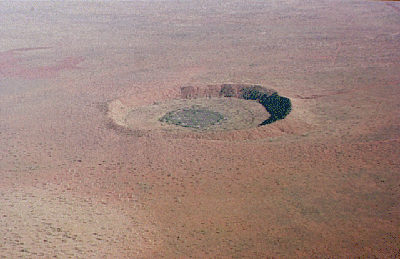


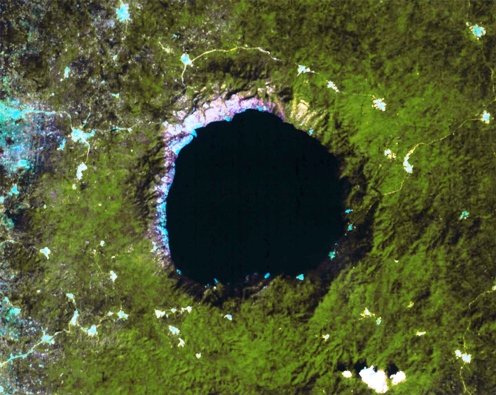
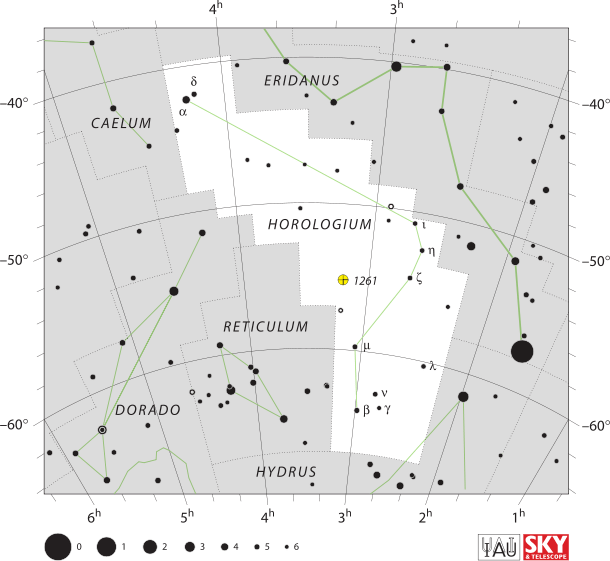
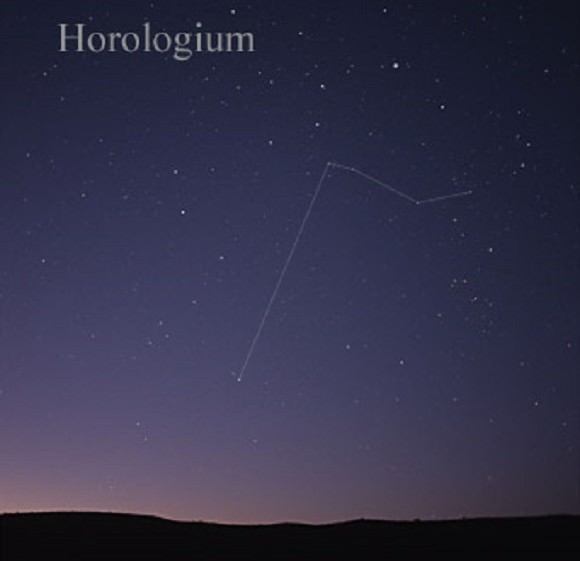
![Spring driven pendulum clock, designed by Huygens, built by instrument maker Salomon Coster (1657),[96] and copy of the Horologium Oscillatorium,[97] Museum Boerhaave, Leiden](https://www.universetoday.com/wp-content/uploads/2008/11/Christiaan_Huygens_Clock_and_Horologii_Oscillatorii-580x279.jpg)
